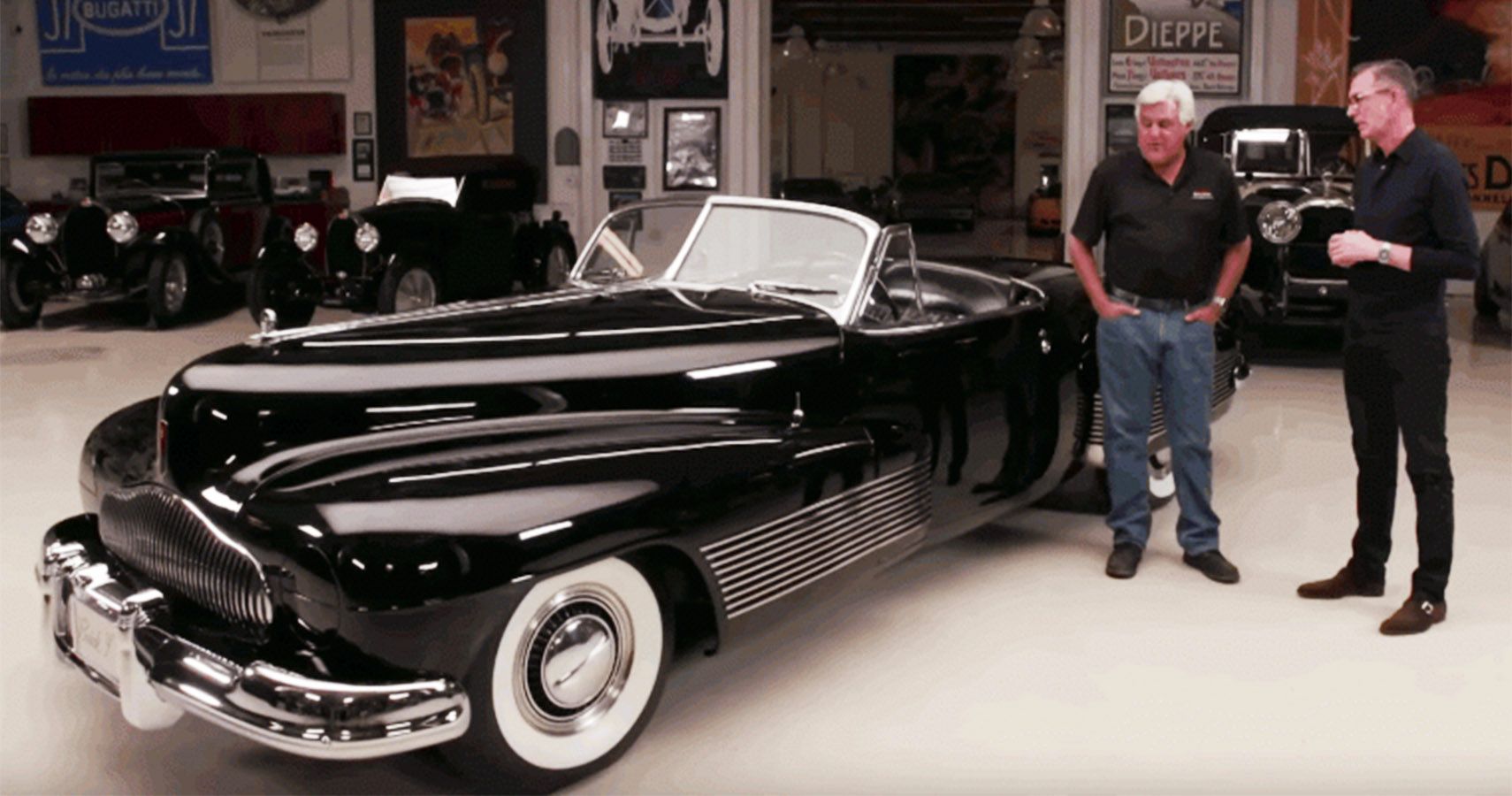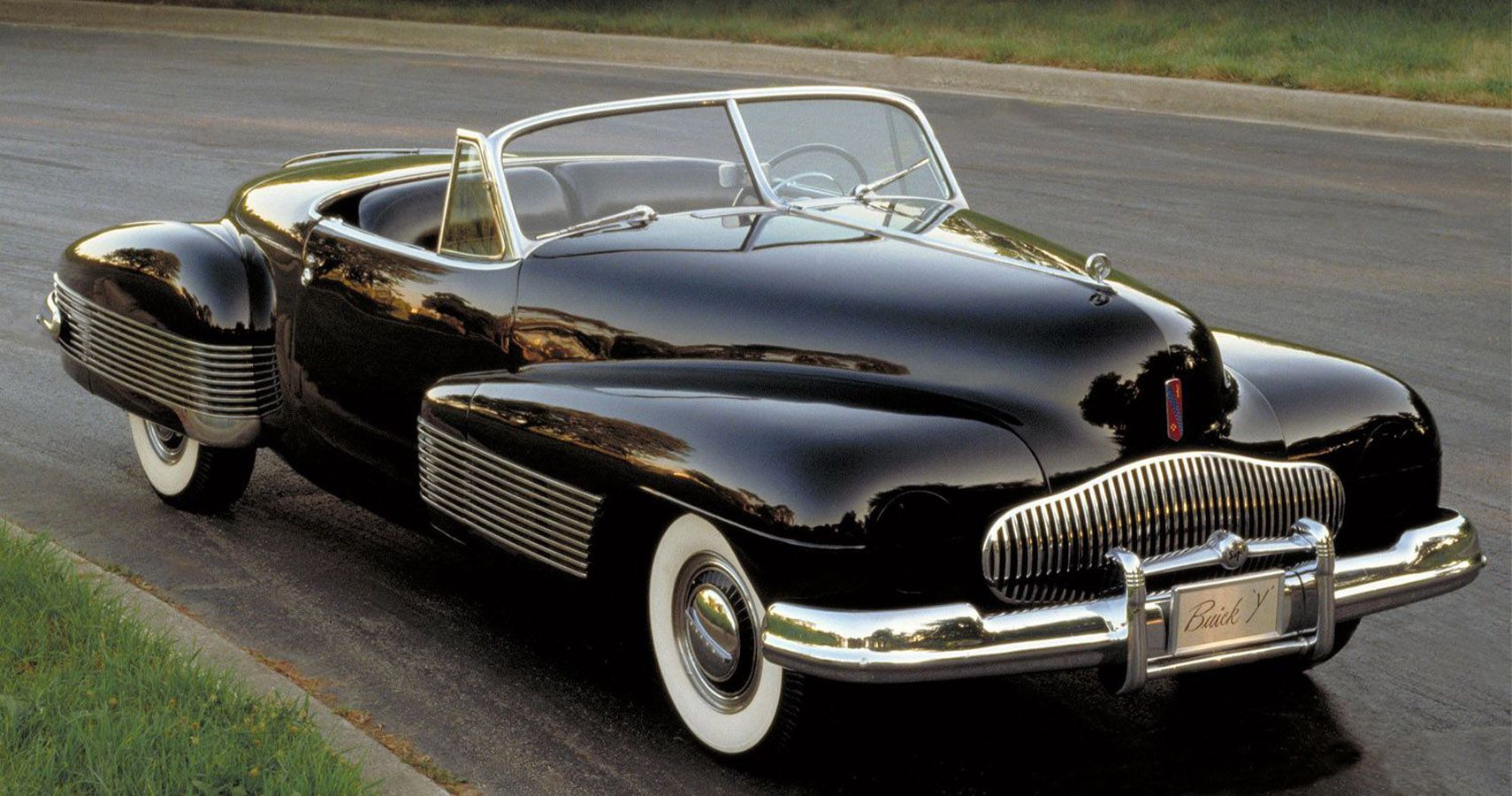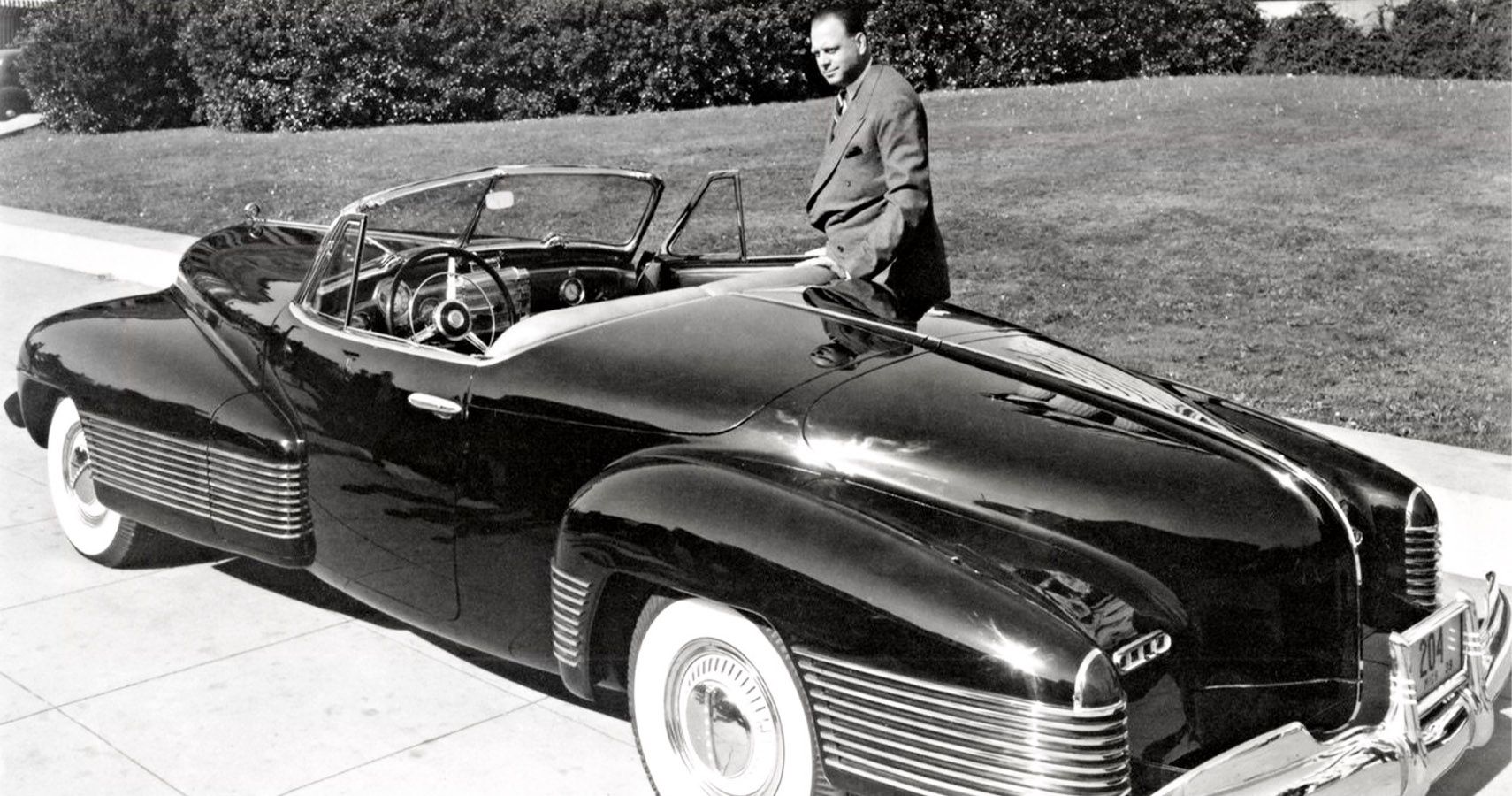The art of creating a successful concept car is just that: an art. These days, most concept cars look radical, angular, and aggressive enough to achieve essentially zero sales because consumers just won't be able to fathom how their neighbors might react. Case in point is the Tesla Cybertruck, which may have earned plenty of press but simultaneously received a resounding look of confusion from the general public.
But the world's first concept car, on the other hand, remains a gorgeous, sleek experiment in both form and technology. Designed by Harley J. Earl in 1938, it is known simply as the Buick Y-Job.
Ahead Of Its Time
To say the Buick Y-Job concept car was ahead of its time is an understatement. At the time, concept cars didn't even exist as a concept! But the Y-Job would forever change the entire methodology with which the automotive industry would design and develop automobiles. Earl's groundbreaking approach included building full-scale clay models and purposefully including details and mechanicals that would never see the light of day on a production model.
Leno Approves
The first thing that stands out on the Y-Job is the exterior styling. Long, large, and in charge, the Y-Job measured over 208 inches in length and 74 inches wide. Its boattail rear end, wraparound bumpers, and distinctive grille would inspire generations of cars for years to come. Hidden headlights, large-for-the-time 13-inch wheels, and a distinct lack of running boards were also elements that the public had not seen before.
Experimental
The Y-Job's name has two potential meanings, as illustrated by Hagerty's piece on the car. Apparently, most experimental cars went by X codes at the time, while the Y designation was also used extensively in the advanced aerospace industry. And advancements were the name of the Y-Job's game, with features including a Dynaflow torque-converter transmission that wouldn't become an option on factory vehicles until 1948, a full decade later. Fans of the car can visit the only example ever built in GM's Design Center in Detroit.
Sources: Hagerty, Hemmings



